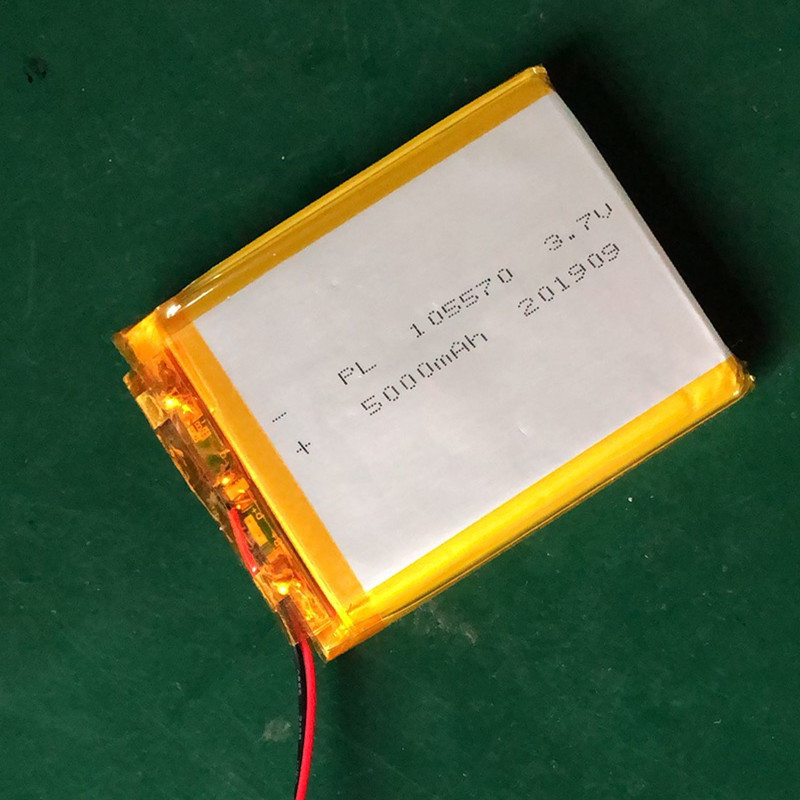Soft Pack Lithium Battery Assembly Method:
Aluminum Plastic Film Forming Process
Soft Pack Lithium batteries can be customized to diverse sizes as per client requisites. Post-designing of overall dimensions, requisite molds are utilized to shape the aluminum-plastic membrane. In some instances, depending upon engineering demands, a micro-pit is positioned at the air pocket location to augment the air bag’s volume.
Top & Side Sealing Procedure
The primary packaging phase of soft-pack lithium batteries involves both top and side sealing. Initially, the rolled core is inserted into the aligned pit followed by folding the packaging film in half along the dotted line. Upon placement of the roll core within the pit, the entire aluminum-plastic film is loaded into the clamping apparatus, where top and side sealing operations are executed using the sealing machinery.
Liquid Injection and Pre-Sealing Phase
Immediately after sealing the battery core top and side surfaces, radio imaging verifies the core’s alignment before it is dried to eliminate moisture. Subsequently, it undergoes the liquid injection and presealing stage when it is moved from the drying chamber. Once the topside has been seared shut, only one opening remains on the air bag’s side, employed for the liquid injection. Post completion of this step, the air bag vicinity must swiftly be pre-sealed, referring to it as a “seal”. Upon successful packaging, the battery core stands theoretically insulated from external elements.
Potential Causes of Increased Gas Emissions in Soft Pack Lithium Batteries
Inferior Packaging: Airborne moisture infiltrates the battery core during production, catalyzing electrolyte decomposition and subsequent gas formation.
Excessive Water Content: Exceedance of the stipulated water content within the battery core results in electrolyte malfunction and elevated gas emissions.
Corrosion: Wear and tear on the soft pack lithium battery core leads to the consumption of the aluminum layer, thereby compromising its water repellency and leading to increased gas production.
Surface Damage: Impact, punctures, etc., externally inflicted damage permit moisture access to the battery core. The reactivity of lithium components further amplifies these risks. When exposed to air, lithium metal forms an aggressive oxidation reaction with oxygen.
Impact: Aluminum readily deforms under mild impact conditions. Larger battery cores and airbags experience more susceptibility to damage.
Short Circuit: Interlock between the positive and negative electrodes initiates a short circuit, leading to swelling or smoking of the polymer lithium battery cells.
Internal Short Circuit: Shrinkage, curling, damage, and burr penetration of the polymer lithium battery insulation film result in internal open circuits and bulging.
Overcharging/over-discharging: Extreme charging or discharging patterns combined with flawed protective plates can lead to excessive inflation of the battery core.





